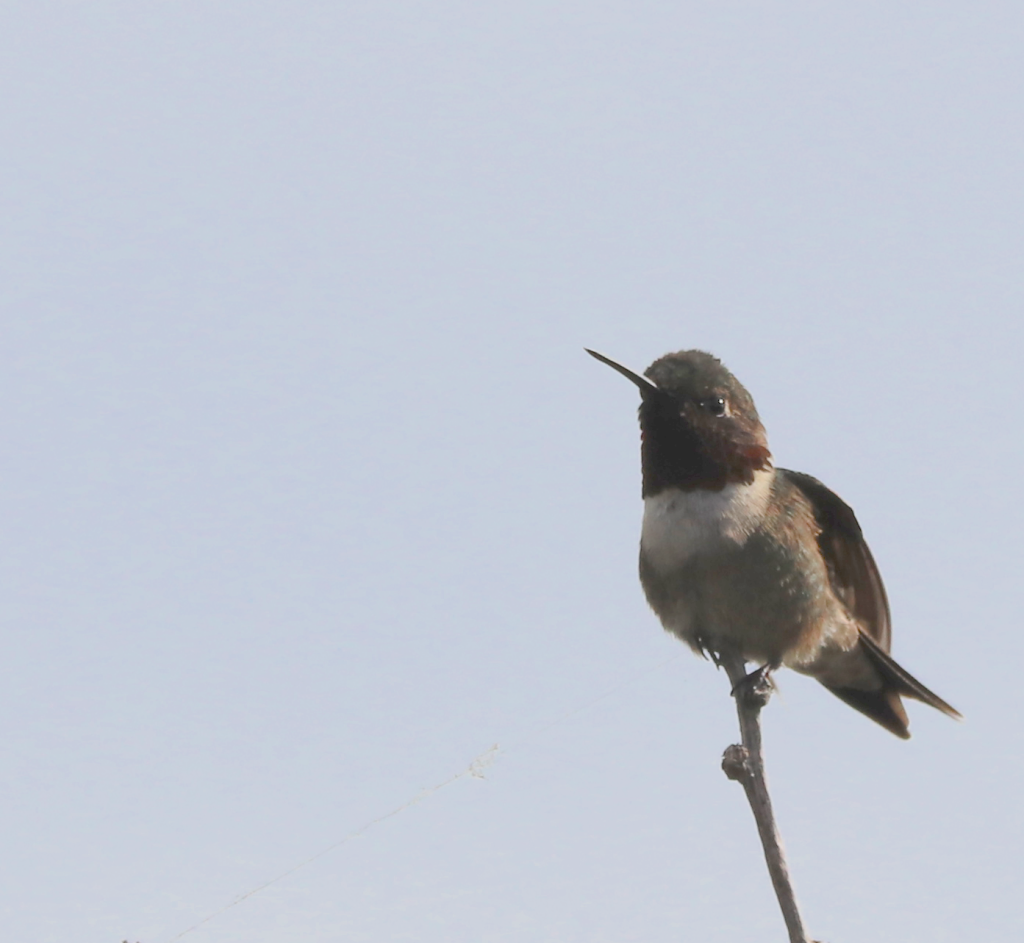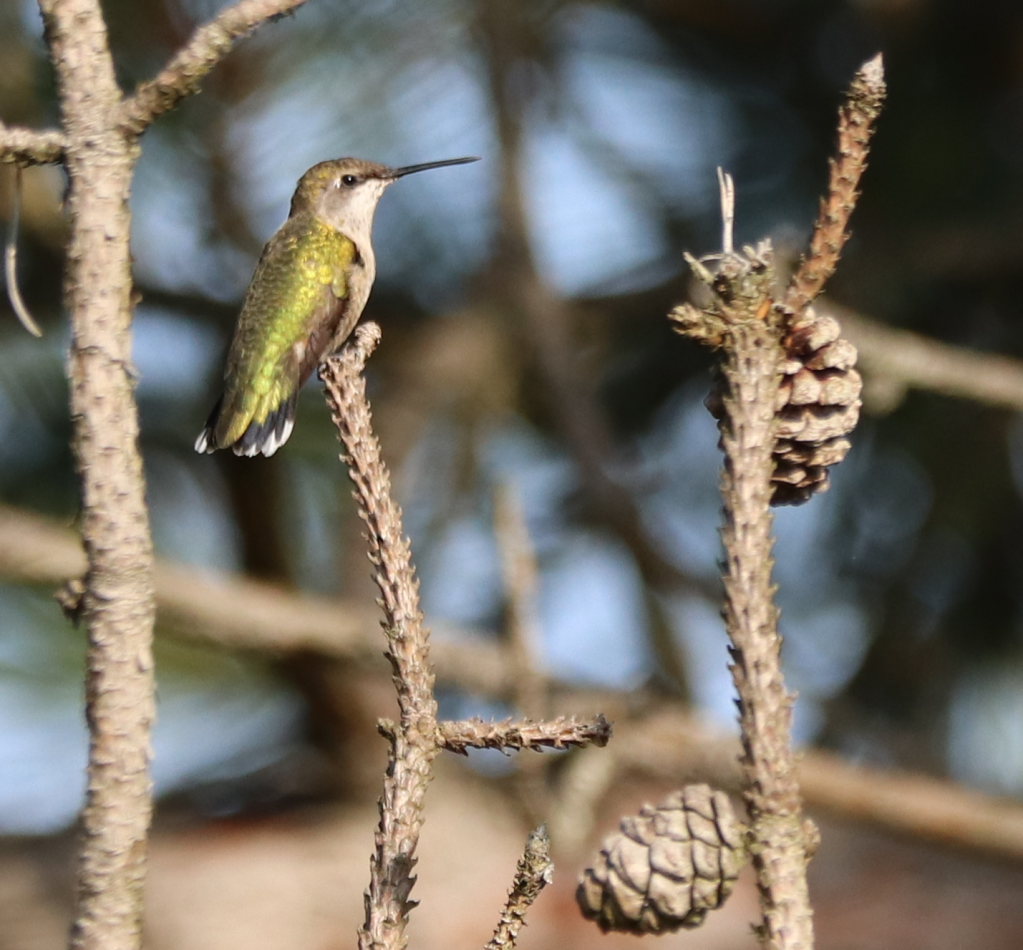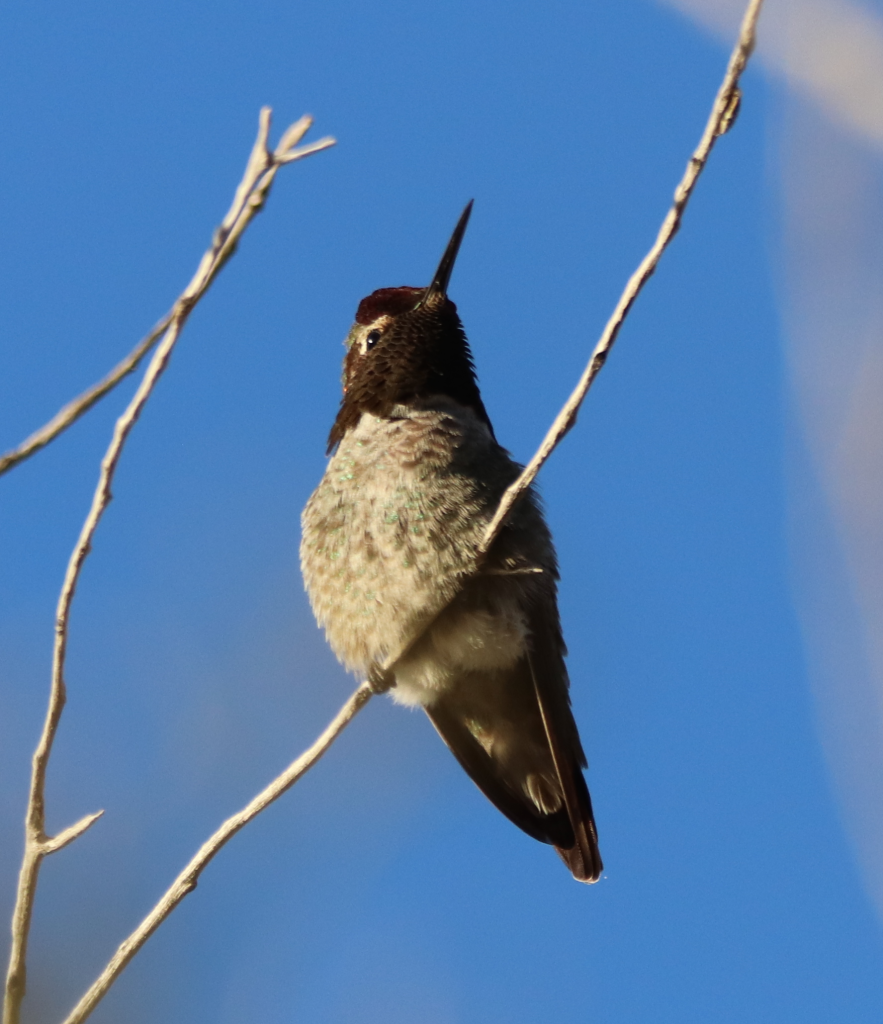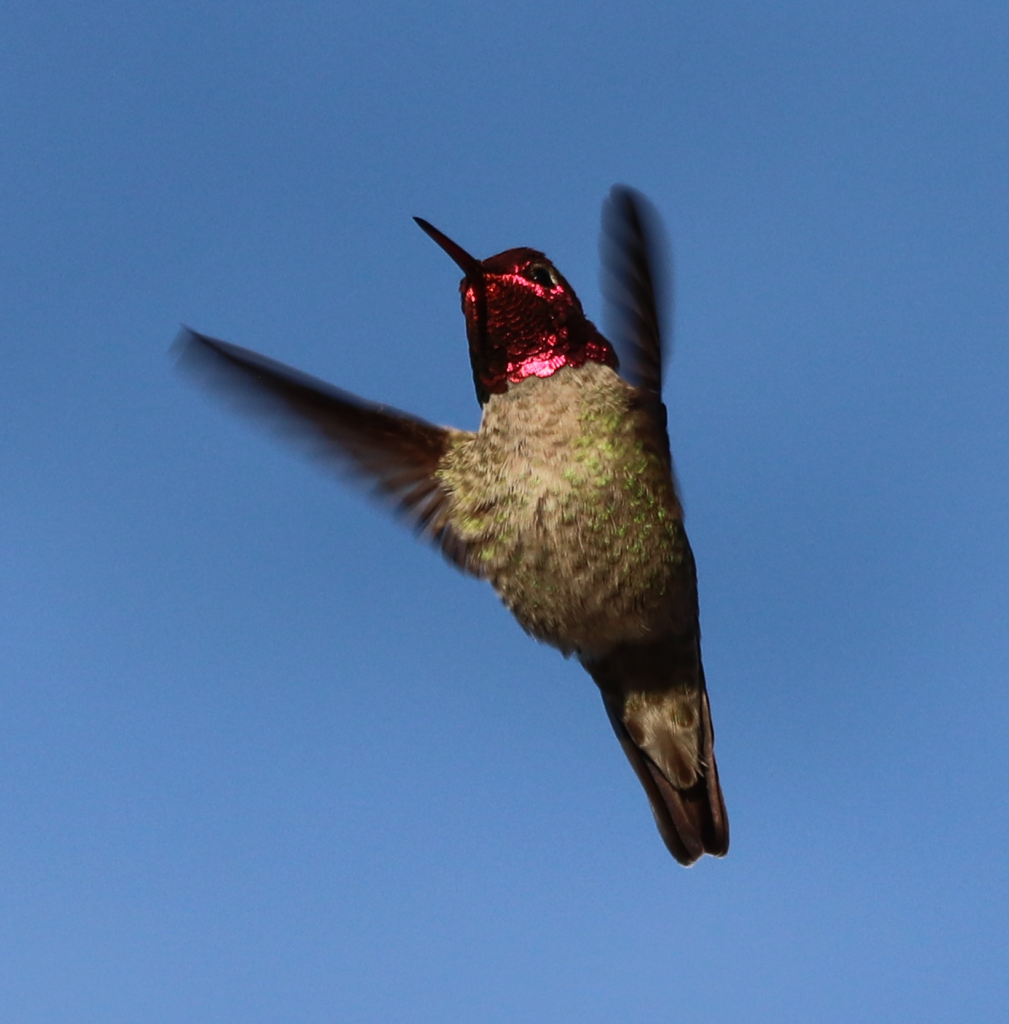
About two months ago, a flock of hummingbirds gathered near the shores of the Yucatan peninsula on the East coast of Mexico. Their goal was to fly across the Gulf and arrive somewhere on the shores of Texas.
The website Yucatanexpatlife.com carried this fascinating description of their journey north.
“Untold numbers of migrating ruby-throated hummingbirds fly non-stop 600 miles across the Gulf of Mexico from the Yucatán Peninsula and Central America each spring and fall. Even to experts, it’s amazing to think that a tiny bird weighing no more than a nickel could fly 18 hours straight across the Gulf without resting or refueling.
Although modern radar studies and other research bear this out, ornithologists at one time struggled to see how such tiny creatures could be up for the journey. One theory had them flying over land across Mexico, making refueling stops along the way. Some even thought they perhaps flew piggyback across the Gulf, picking up a ride from ducks and geese. Even that was easier to picture than a non-stop flight.”

Unbelievable, yes. But they do it.
That’s called efficient use of fuel. We can only assume that hummingbirds go Old School to accomplish this endurance feat. They know what to eat and when. Then they choose a southern breeze and make a run for it. They’ve been making the journey for tens of thousands of years as climates moderated and provided habitat suitable for summer breeding in North America.
This morning I was talking with a neighbor when she pointed to a naked limb behind me. I spun around with the camera I was carrying to take photos of the Ruby-throated hummingbird that comes to her flowers and feeder. The bird was silhouetted against a bright morning sky (see photo at top) to gather nectar. The tongue inside the bird’s head protrudes to such up the sugary substance.

Hummers also capture insects in mid-air. I’ve seen them flycatching and while they don’t plunge out of the sky in a stoop like a peregrine falcon at 190 mph, they are nonetheless merciless in their pursuit of food.
They are also competitive little buggers. If you live in an area with a multitude of hummingbirds, the fights around the feeders can get rather vicious. They may be small birds, but they’re tough.
On cold nights they hunker down and go into dormancy, lowering their metabolism like some sort of Superhero to save energy. Even the Ironman Tony Stark would be quite impressed with that biological technology. And all those Ironman athletes trying to spread their nutrition out across a ten or twelve or fourteen hour day could probably learn a few things from a tiny bird capable of flying six hundred miles straight over the Gulf of Mexico. Yes, a hummingbird kicks your ass in the endurance department.
Perhaps all these determined attributes are why the group Modest Mouse chose to place the shadow of a hummingbird between arrows that had obviously missed their mark. It seems to symbolize there is hope in even the smallest bit of resistance to being targeted in this world. That is why the green bleeds pink.

Or maybe being a hummingbird in this world is about standing up to something far bigger than ourselves. It might even be about the fact that the powers controlling this world aren’t as perfect as we’d all like to believe. Consider these lyrics from the Modest Mouse song Bukowski:
If God controls the land and disease,
Keeps a watchful eye on me,
If he’s really so damn mighty,
My problem is I can’t see,
Well who would want to be?
Who would want to be such a control freak?

The Bible suggests as much when it quotes Jesus in saying, “The meek shall inherit the earth.” But perhaps the meek are not so powerless as some like to think. Perhaps there is a hummingbird effect in this universe in which the beating of a billion tiny wings ultimately changes destiny. So many people love to clamor toward the supposed power and elegance of an eagle, but they are ponderous and weak by comparison to the super-fueled grace and agility of a hummingbird.
So be careful where you place your trust in the true powers of this world. As endurance athletes know, it’s not always the biggest or strongest that win the race, but those who can outlast and even outmaneuver others. In the end it may just be a hummingbird that kicks your ass. Or you could be the hummingbird this world needs someday.

Thanks for sharing this beautiful story and equally beautiful pictures. I’m not a bird man in terms of being able to name them. The only reason I joined a bird watching group at Luther was to get off the campus and go to places like the Mississippi river. NE Iowa was simply so beautiful with the hills bluffs and “canyons” of the Upper Iowa. Wasn’t it perhaps one if the greatest place to train!